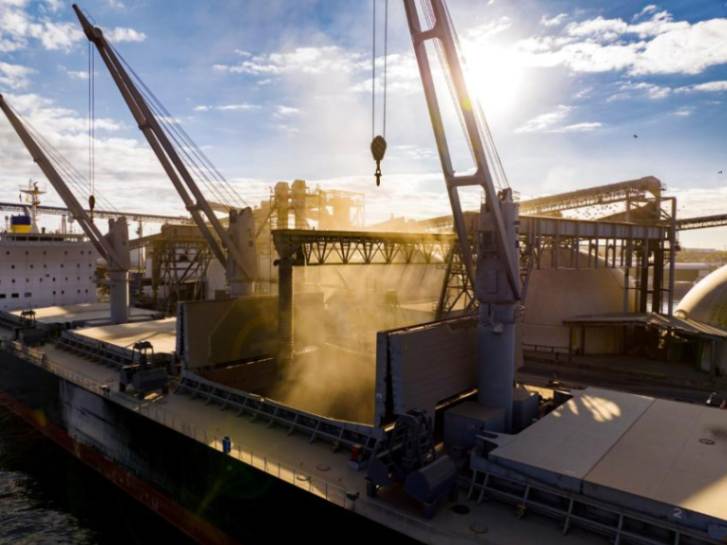
Port of Riga Launches Digital Traffic Management for Grain Transport
As the peak grain transshipment season gets underway, the Port of Riga has introduced a new digital traffic management solution to streamline road transport and reduce truck congestion at terminal access points. The initiative aims to improve efficiency during one of the busiest periods for Latvian agricultural exports.
Since August, the port has handled significant volumes of grain, with 31 vessels loaded and dispatched carrying 250,000 tons of cargo. By mid-September, an additional 347,000 tons had been shipped via 30 more vessels. The main exports include wheat and rapeseed, primarily destined for Spain, Germany, and various African countries.
To support this increased activity, 15 terminals on both banks of the Daugava River are now equipped to process grain shipments. In response to the recurring issue of traffic bottlenecks during harvest time, the Freeport of Riga Authority has implemented a digital vehicle coordination system. Based on the i.rop electronic application platform, this solution enables cargo suppliers to submit documentation and receive terminal access confirmation online—eliminating the need for paper-based processes and reducing waiting times at port entrances.
The Freeport Authority has also partnered with Riga City Council to integrate municipal data into the system. This collaboration allows for more flexible freight routing during harvest season, even on streets where truck traffic is typically restricted.
This initiative marks a significant step toward fully digital freight traffic management in Riga, contributing to smoother logistics operations, reduced environmental impact, and enhanced urban mobility. It also lays the groundwork for the nationwide rollout of electronic consignment notes (eCMR) planned in the coming years.
With Riga now handling over 3.6 million tons—or half—of Latvia’s agricultural export cargo in 2024, efficient traffic management is becoming essential to maintaining the port’s leading position in the sector.


